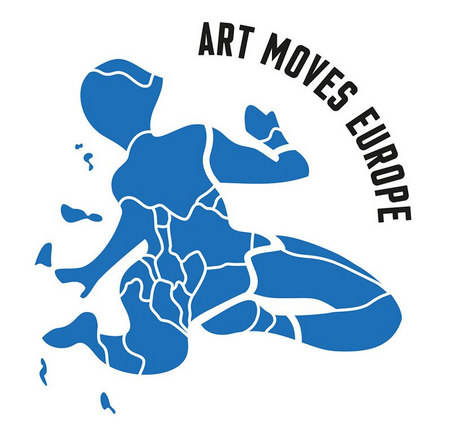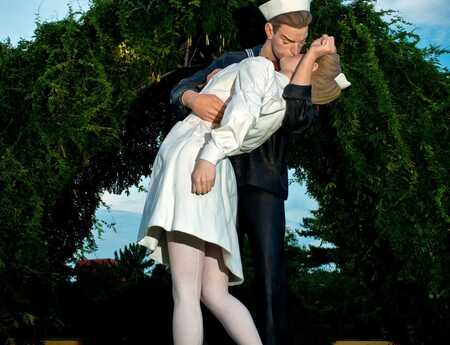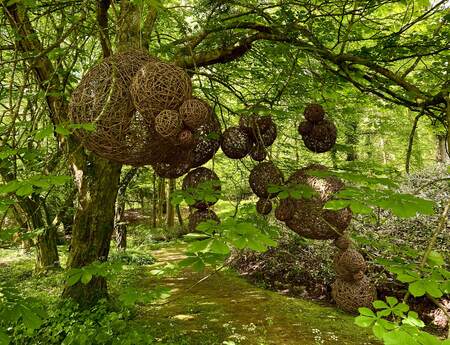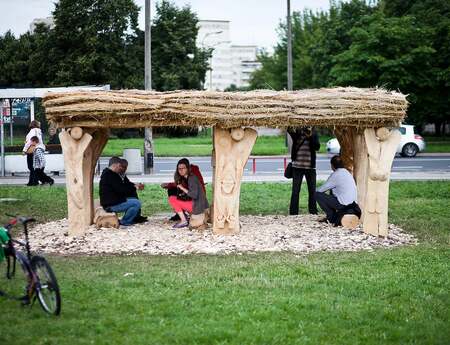Let's Europe! The European Sculpture Path
The European Sculpture Path is an extraordinary initiative that aims to connect art across national borders. The initiator of the project is the Art moves Europe association with which sculpture network is in cooperation. We are happy to present the idea in detail.
The European Sculpture Path is an initiative of the Art moves Europe association. It supports the entirety of the European idea, the cohesion and the community of a multi-ethnic league, which forms a common unit with its different cultures and states. Nowadays, this is to be seen as an important statement against stronger and blossoming tendencies of nationalistic ideas, an isolation from other (European) states, nonetheless as outside the EU, and an incipient dissolution of common bonds, values and agreements of the European states among themselves.
This common European Union, which currently consists of 27 member states and has given itself the motto “United in Diversity”, is in its cultural diversity, which has a wide range, a strong association of extremely different states and nationalities, all of which are common and yet to feel addressed and connected in their own way in the European Sculpture Path launched by Alfred Mevissen in 2018.

What is the sculpture path?
The European Sculpture Path leads through all European countries and connects them with one another. In each member country, if possible, several sculptures should be created that deal with the European idea and express it. The resulting sculptures are connected to each other through the path, express many different facets of a unified European idea through the different approaches of the individual artists to the topic and, despite their diversity, stand for a common greater, symbolic cohesion in the union of values, stands for unity, strength and coexistence. The individual sculptures can reflect different aspects of the European idea and thus have a contrary appearance or character. Local locations are connected through the sculptures and the path to a larger whole.
Where does the European Sculpture Path lead to?
The aim is to establish a path that is accessible to the public and which can be visited across national borders. To do this, it must be ensured that the respective sculptures are set up in a freely accessible location and can remain there for a longer period of time. Since there should be as many sculptures as possible in each country, the establishment of a classically designed circular route is not necessarily possible. Every interested person can of course go on their own personal journey to the sculptural works from their home town, only view parts or return to look at sculptures several times. Nevertheless, the figure of Emperor Karl can be seen as the start and end point, as the idea of the sculpture path began from here. The path is to be traveled with the participating artists in 2022.
It is also possible to experience the European Sculpture Path additionally or exclusively online and digitally. For this purpose, after each completion of an artistic work, the Art moves Europe association takes photographs of all views of the sculpture and measures it in three dimensions. The resulting work of art resembles the original down to the last detail and can be accessed by the viewer via the specified homepage. The resulting digital model can be rotated and viewed from all sides, as the original itself can be seen from all sides.
Who can take part?
All artists who want to take part in the idea of the European Sculpture Path can apply by December 2020. Since not so many artists from different countries have participated so far, here is a call to all sculptors to contribute with a work on the European idea, so that each country is represented with at least one sculpture.
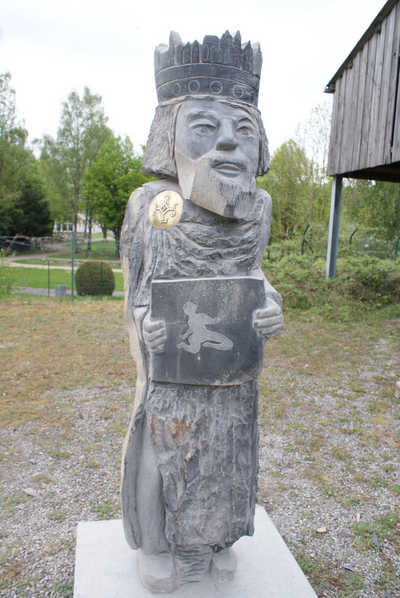
Which sculptures are there already?
The already mentioned figure of Emperor Karl by Alfred Mevissen has already been completed.
This figure symbolizes Charlemagne, who is considered to be the "father of Europe" because of his early unification of European countries that had fought against each other in wars before (and after) with administrative, educational, currency reforms and the vision of a united Europe tried to establish. The figure of Charlemagne in Aachen's Karlsgarten, which also houses the emperor's herbal collection, is a very important point as the start of a European Sculpture Path that refers back to the very early history of Europe, is a symbol of the power of visionary ideas the cohesion of the different European countries.
Further work is already in progress.
The work of Sandro Dudenhausen in Walhorn, Belgium is already in the making. Furthermore, the artist would like to design a sculpture path on the subject of bluestone in cooperation with the community at this location.
In Milan, the artist Alessandro Pogan will participate with a sculpture and is already working on the implementation of work.
It remains to be hoped that this important project will go well and that many artists will participate in the European idea, so that the Sculpture Path as a diverse joint project represents all its different member countries, stands for itself and Europe as a whole and points beyond.
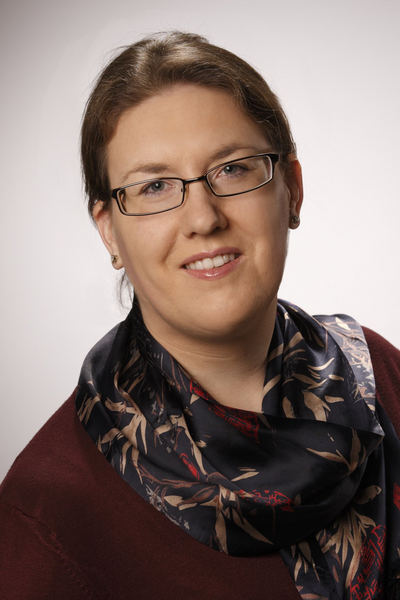
Author: Dr. Eva Daxl
Eva Daxl studied art with a focus on sculpture. In her PhD thesis she wrote about ceramic materials in art criticism. She is therefore familiar with three-dimensional works of art in theory and practice.
